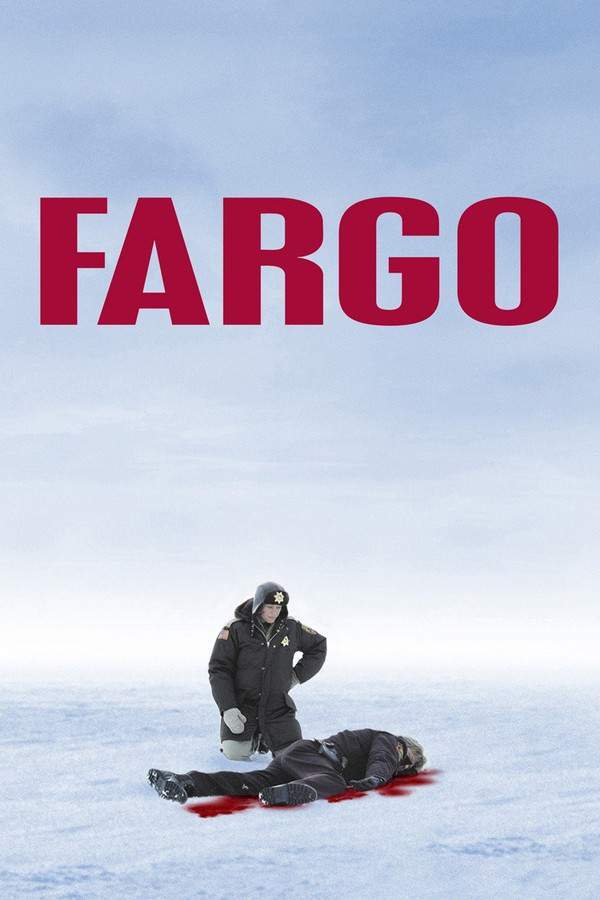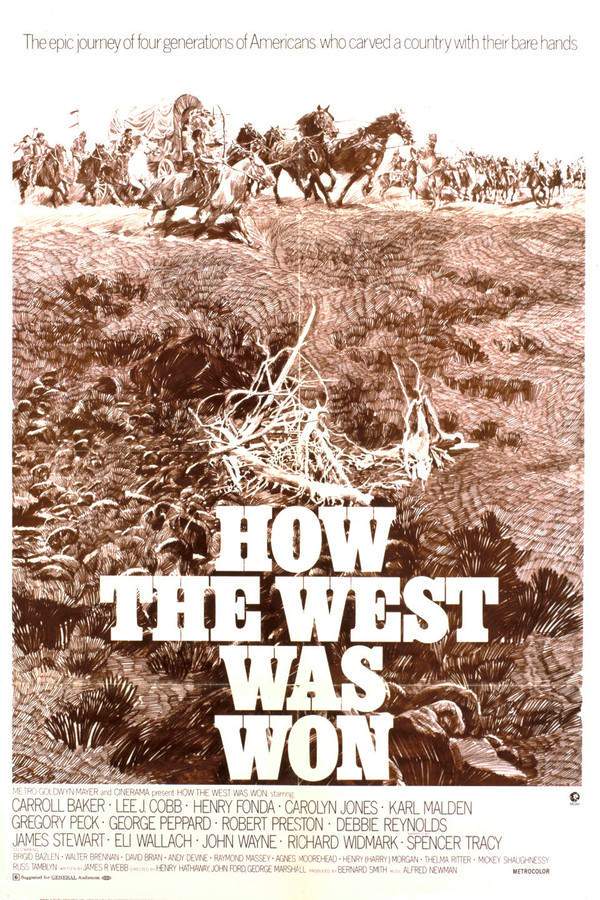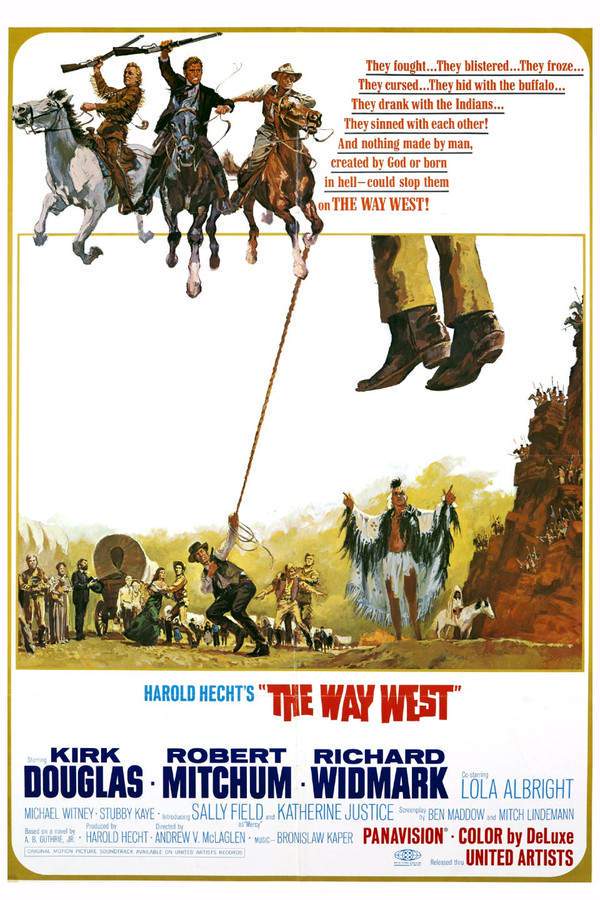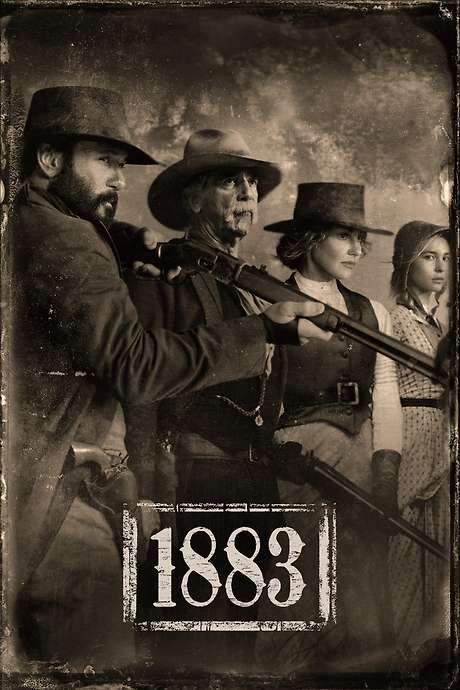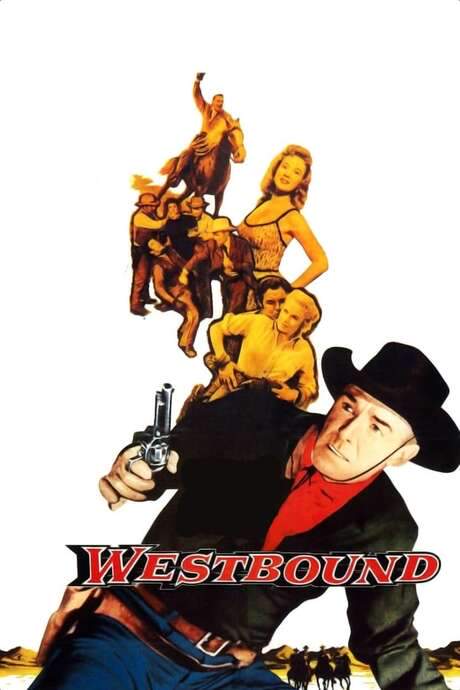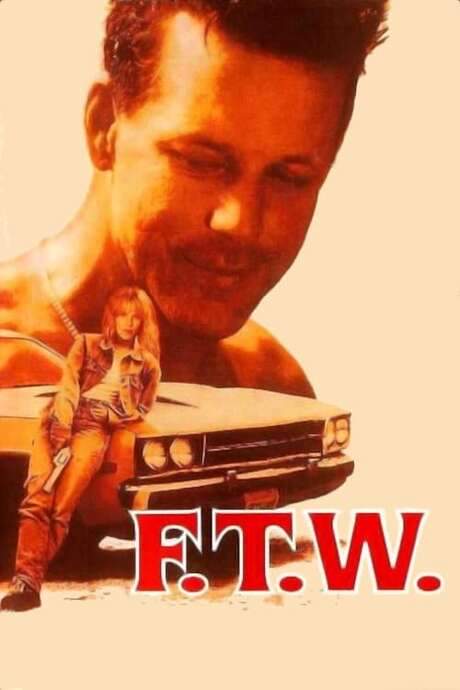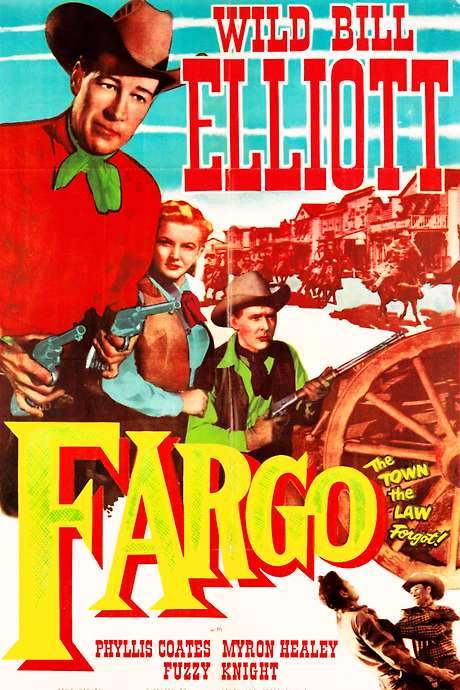
Wells Fargo
Year: 1937
Runtime: 94 mins
Language: English
Director: Frank Lloyd
Set in the 1840s, driver Ramsey MacKay works for the fledgling Wells Fargo mail and freight line. To win a crucial contract he must transport fresh oysters from New York to Buffalo. En route he rescues Justine Pryor and her mother from a broken wagon, giving them a thrilling ride. Arriving on time, he secures the deal and is dispatched by company president Henry Wells to establish a new branch in St. Louis, further expanding the empire.
Warning: spoilers below!
Haven’t seen Wells Fargo yet? This summary contains major spoilers. Bookmark the page, watch the movie, and come back for the full breakdown. If you're ready, scroll on and relive the story!
Wells Fargo (1937) – Full Plot Summary & Ending Explained
Read the complete plot breakdown of Wells Fargo (1937), including all key story events, major twists, and the ending explained in detail. Discover what really happened—and what it all means.
In the early days of Wells & Fargo, the narrative centers on Ramsay MacKay, a capable and driven employee who stumbles upon a broken-down carriage in the countryside. He gives the stranded belles, Justine Pryor and her mother, a lift to Buffalo, New York, even as he warns them he’s racing to deliver fresh oysters. The rough ride foreshadows the tough path ahead, yet it also proves the efficiency and speed Wells Fargo can offer, a trait that will help MacKay impress bankers and drive the company’s ambitions forward.
Wells soon assigns MacKay to set up a branch in St. Louis, a city that serves as a convenient crossroads because the Pryors live there. As MacKay and Justine Pryor begin to grow closer, the era’s social mores throw a wrench into their budding romance. Justine’s mother is wary, and a more socially prominent suitor circles Justine—Talbot Carter—adding a layer of tension to the love story that will test loyalties on both sides of the family.
The story then follows MacKay as Wells sends him in 1846 to blaze trails toward California. He travels with Hank York, a dependable frontiersman, and his loyal Indian companion, Pawnee. Among his many duties, MacKay is tasked with transporting gold from a mining settlement to San Francisco, and one of his key customers becomes prospector Dan Trimball. When Dan expresses longing for his sweetheart back East, MacKay praises Wells Fargo’s ability to move wealth securely, and Dan eagerly wires for his beloved to join him. The seeds of trust and enterprise are sown, even as danger lurks in the form of would‑be robbers who target the wagons and their precious cargo. After a brutal ambush, MacKay is shot and left for dead, yet he survives. Some miners doubt his claim of robbery, but he reveals a Wells Fargo draft that would cover their losses, restoring faith and keeping the operation moving forward.
As the wagon train reaches San Francisco in 1851, a moment of personal triumph arrives: Henry Wells has a surprise—Justine has come along, a visit that is made possible with her father’s blessing. The reunion leads to marriage, a bond that strengthens even as it strains under the heavy demands of MacKay’s relentless travel. The couple greets the arrival of a daughter and then, years later, a second child, all while continuing to build Wells Fargo’s reputation as a dependable lifeline for the West. The family’s happiness is tested by the long separations intrinsic to MacKay’s line of work, but they find joy in small triumphs and shared purpose.
Yet the Civil War casts a long shadow over the enterprise and the home. The Skirmish of loyalties weighs on Justine and Mrs. Pryor, who are fervent Southern supporters, while MacKay is tasked with transporting crucial gold shipments to sustain the Union. When he’s chosen to lead a high-stakes wagon train carrying two million dollars in gold, he meets with President Lincoln to underscore just how vital this mission is. The letter Justine’s mother secretly copies—containing the route and strategic details—risks wrecking everything. Although the letter is crushed by Justine, her mother ultimately transmits it, and MacKay confronts a Confederate force led by Talbot Carter. The battle is fierce; Talbot and Pawnee fall, and MacKay discovers the incriminating letter among Talbot’s effects, revealing the depths of the conflict that surrounds him. The home he returns to is unrecognizable: his wife and children have vanished, taken by his mother‑in‑law in a moment of crisis.
Time passes, and the story circles back to the East for a final reflection. When MacKay attends a celebratory dinner in his honor, a surprising figure arrives—his now‑grown daughter, Alice MacKay. She invites him to a 17th‑birthday party, and though he initially declines to stay away from his duties, the pull of family brings him back. In a poignant turn, he learns his wife was not the source of the violence that fractured their bond, and a long‑overdue reconciliation begins to mend what war and distance had broken. The arc culminates in a quiet, enduring belief in a shared future, where love and partnership carry forward the Wells Fargo enterprise through decades of change and upheaval.
Throughout the decades, the film threads themes of duty, trust, and the cost of ambition under the banner of a growing American frontier. The saga of Ramsay MacKay and his family is told with a steady, neutral lens that never oversimplifies the stakes. It captures the grit of early wagon trains, the complexities of familial loyalty, and the uneasy alliances formed under the pressure of civil war. The result is a sprawling, character‑driven tale that respects the historical frame while delving into intimate moments of joy, conflict, and eventual reconciliation.
Last Updated: October 07, 2025 at 09:38
Unlock the Full Story of Wells Fargo
Don't stop at just watching — explore Wells Fargo in full detail. From the complete plot summary and scene-by-scene timeline to character breakdowns, thematic analysis, and a deep dive into the ending — every page helps you truly understand what Wells Fargo is all about. Plus, discover what's next after the movie.
Wells Fargo Timeline
Track the full timeline of Wells Fargo with every major event arranged chronologically. Perfect for decoding non-linear storytelling, flashbacks, or parallel narratives with a clear scene-by-scene breakdown.

Similar Movies to Wells Fargo
Discover movies like Wells Fargo that share similar genres, themes, and storytelling elements. Whether you’re drawn to the atmosphere, character arcs, or plot structure, these curated recommendations will help you explore more films you’ll love.
Explore More About Movie Wells Fargo
Wells Fargo (1937) Scene-by-Scene Movie Timeline
Wells Fargo (1937) Movie Characters, Themes & Settings
Wells Fargo (1937) Spoiler-Free Summary & Key Flow
Movies Like Wells Fargo – Similar Titles You’ll Enjoy
Fargo (1996) Film Overview & Timeline
How the West Was Won (1963) Spoiler-Packed Plot Recap
The Way West (1967) Movie Recap & Themes
1883 (1000) Detailed Story Recap
Rampage at Apache Wells (1965) Detailed Story Recap
Wagons West (1952) Ending Explained & Film Insights
The Conquerors (1932) Spoiler-Packed Plot Recap
Westbound (1959) Movie Recap & Themes
Wells Fargo Days (1944) Spoiler-Packed Plot Recap
Western Union (1941) Detailed Story Recap
F.T.W. (1994) Ending Explained & Film Insights
Fargo (1952) Ending Explained & Film Insights
Dragoon Wells Massacre (1957) Ending Explained & Film Insights
Westward the Women (1951) Full Summary & Key Details
The Phantom Stagecoach (1957) Full Movie Breakdown



